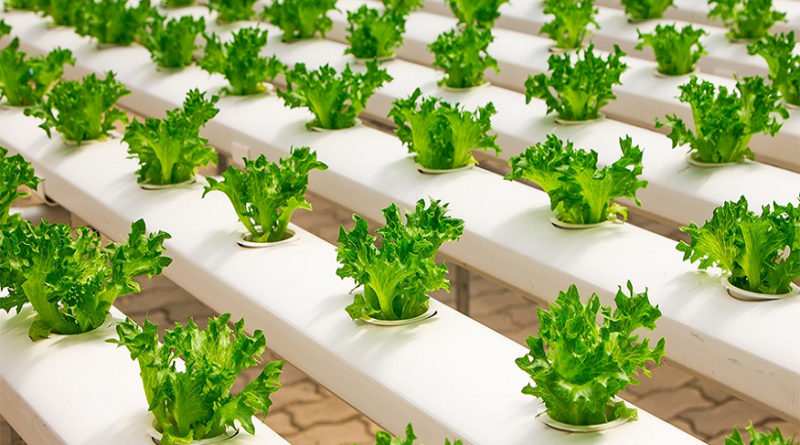Hydroculture: The Best Way For Growing Plants Without Soil In 2021
In this technology-driven world, growing plants without soil is no more challenging and mind-boggling task. There are not one or two methods; more than 10+ techniques are available that allow you to grow plants without soil, manure, and other stuff. All these methods require less water or don’t need water to produce any plant type.
The most popular method of producing plants without soil in hydroponics, where water is replaced with a liquid solution. Hydroponic culture is also a different method similar to hydroponics but offers more advantages. Let’s discuss hydroculture and find whether this technique is good or not.
What Is Hydroculture?
You should remember hydroculture and hydroponics are two different things with some similarities and dissimilarities. In recent years, hydroponics became famous for growing everyday vegetables like tomatoes, spinach, lettuce, etc.
The key difference between hydroculture and hydroponics is that a different growing medium is changed. In hydroculture, inert is an inorganic growing medium used for plantation. The inert based growing mediums are also known as expanded clay aggregates. These clay aggregates are rock-based, which are super inexpensive and readily available. As hydroculture doesn’t require moss, soil, and other similar stuff, it is considered a passive hydroponics version.
Quick Advantages Of Hydroculture
Expect Long-Lasting Plants
Hydroculture is the best method for growing plants without soil because of the expanded clay aggregates. These clay aggregates are proven to make plants long-lasting throughout the year. In our opinion, if you’re planning to grow some interior plants without soil, look no further than the hydroculture method.
Better Watering Cycle
As we’re talking about interior plants, hydroculture’s watering cycle is also flexible. The watering cycle of hydroculture depends on various aspects like plant type, weather, etc. For instance, you have a plant that is 6” long, you need to water it thrice in a month. If you use other methods, the water cycling will probably be twice a week.
Fewer Chances Of Fungus Gnats
Most interior and exterior plants are vulnerable to bacteria, especially the fungus gnats. Fungus gnats are not hazardous for your plants, but they should not be present near your plants. These fungus gnats mostly stick to the soil, plants’ leaves, and sometimes even in the hydroponics trays, which looks super annoying. If you’re growing soil-based plants, you probably know how pesky fungus gnats are. As hydroculture uses inorganic clay aggregates, fungus gnats will never think about reproduction and will stay away from your hydroculture plants.
Is Hydroculture An Common Plantation Technique?
If you’re a plant hobbyist, you know the craze and hype of hydroculture in western countries. In our opinion, to make the most out of hydroculture, people should consider the pre-converted plants. As a beginner, the conversion process might be super challenging for you. Plus, if you don’t know how hydroculture works, you’ll drop the plan of producing plants without soil.
Final Words
Hydroponics and hydroponic culture are quite different, and many people make a mistake while choosing their ideal plantation technique. Regardless of plantation technique, you should first understand growing plants’ basics without using soil.
Best Of Luck For Your New Plants!

